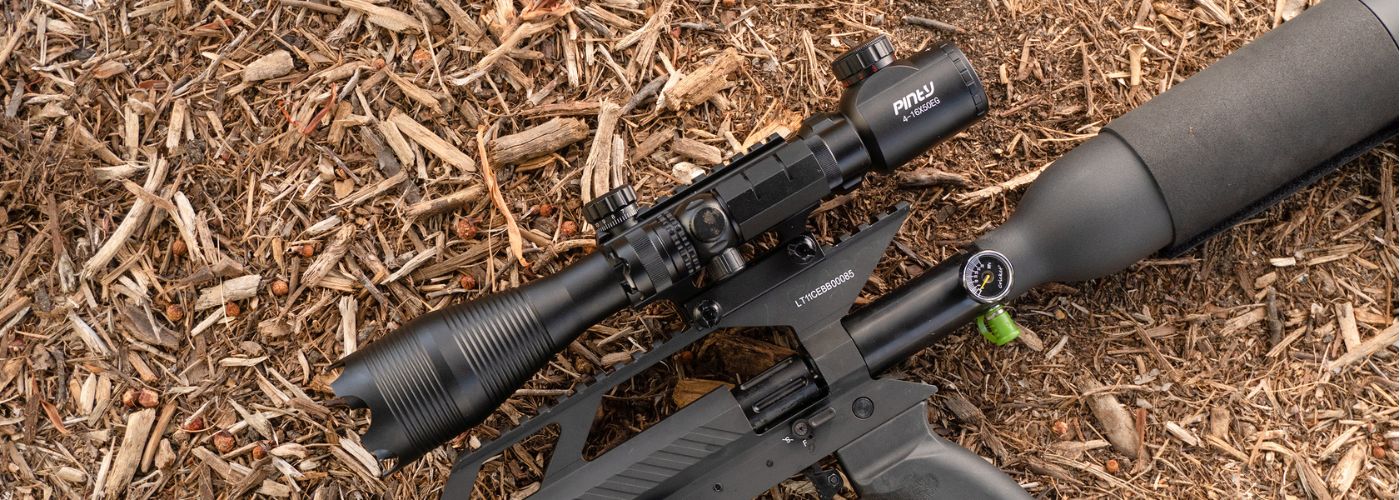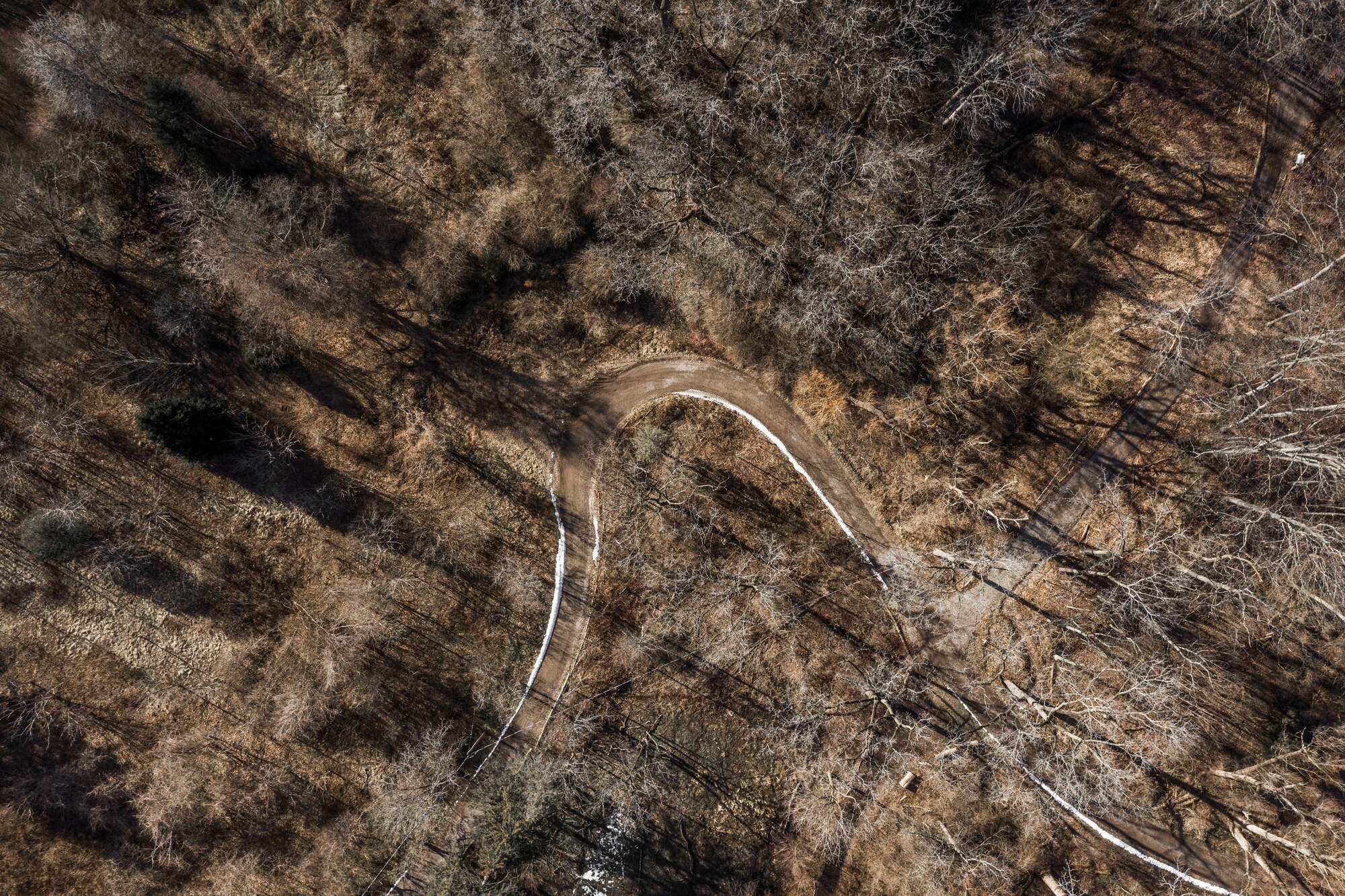Texas Deer Season 2023-2024
Texas Whitetail Season
| White-tailed Deer Season | Hunting Start Dates | Hunting End Dates | Zones |
| General | 4-Nov-23 | 7-Jan-24 | North |
| General | 4-Nov-23 | 21-Jan-24 | South |
| Special Late | 8-Jan-24 | 21-Jan-24 | North |
| Special Late | 22-Jan-24 | 4-Feb-24 | South |
| Youth-Only | 28-Oct-23 | 29-Oct-23 | North |
| 8-Jan-24 | 21-Jan-24 | North | |
| Youth-Only | 28-Oct-23 | 29-Oct-23 | South |
| 8-Jan-24 | 21-Jan-24 | South | |
| Archery | 30-Sep-23 | 3-Nov-23 | 252 of 254 counties |
| Muzzleloader | 8-Jan-24 | 21-Jan-24 | 90 of 254 counties |
Texas Mule Deer Season
Pronghorn Season
Javelina Season
Squirrel Season
Texas Upland Game Birds Season

Pheasant season
Chachalaca Season
Quail season
Turkey Season
Texas Migratory Bird Season

Dove Season Texas 2023
Duck Season
Goose Season
Rails Season
Gallinules Season
Moorhens Season
Snipe Season
Teal Season
Woodcock Season
Sandhill Crane Season
Rabbit Season
Alligator Season
Texas Hunting Season by County 2023-2024
Texas Hunting Regulations
- Within the confines of private land or upon private water, it is prohibited to pursue mammals and non-migratory game birds from a motor vehicle, powerboat, yacht, or from any other moving device.
- Hunting game animals and game birds are permitted with calling devices, recordings, and electronically enhanced sounds. However, using electronic calls to pursue migrating game birds is prohibited except during the Light Goose Conservation Order season.
- Live decoys cannot be used when hunting migrating game birds, but baits can stalk both game mammals and game birds.
- Air rifles and arrow weapons can target alligators, game animals, furbearers, rodents, and non-migratory game birds (except for the eastern turkey).
- Only with a Wildlife Resource Document (WRD) is it possible to transfer lawfully captured wildlife or marine resources, and the WRD has to be affixed throughout the entire transfer procedure.
- Any legal handgun may be used to pursue game mammals and non-migratory game birds, except rimfire ammo, completely automatic weapons, and muzzleloader deer seasons, which are limited to muzzleloading weapons only.
- The use of canines to capture wildlife birds is prohibited.
- It is against the law to shoot a gun across a property line or on a public road, stalk remotely, use nets, or pursue deer with canines.
- Some public and private areas, including parks and animal preserves, forbid hunting.
- Specific rules must be followed when using projectiles for hunting, such as the need to use broadhead hunting tips and the ban on incendiary, doped, or poisoned shells.
- For information on falconry permits and laws, call (512) 389-4481.
- For labeling directions, hunters with digital permits and tags should visit tpwd.texas.gov/digitaltags.
- Except for vintage or novelty firearms made before 1899 or copies of such firearms that do not use rimfire or centerfire ammo, guns are usually banned from having criminals who have been convicted of a crime.
- Keeping a deer or pronghorn with the reproductive glands removed is forbidden unless it has been at least quartered and reached its location. A finished Managed Lands Deer Program (MLDP) Tag, Antlerless Mule Deer Permit, CWD Check Station Notification, or TPWD Drawn Capture Permitted Deer Badge are acceptable forms of sex proof, as are the heads of buck deer with antlers affixed, antlerless deer, pronghorn, and buck deer with horns removed.
- A Category 1 business handler must input the body into the cold storage journal and document the county and property of capture before removing the evidence of sex from deer or pronghorn.
- Without evidence of sex, it is illegal to own a pheasant. The proof of sex must travel with the pheasant or turkey until it gets to its location and is processed.
- White-tailed deer, mule deer, moose, and red deer can all contract the deadly Chronic Wasting Disease (CWD) in specific regions of Texas. To identify and control this illness, the government has named CWD Zones.
- To remove any portion of an animal from a CWD Zone, hunters must transport their animals to a TPWD checkpoint within 48 hours of harvesting mule deer, white-tailed deer, elk, or other foreign CWD-susceptible species within the CWD Zones.
- Body pieces must be disposed of properly to prevent pollution and the spread of CWD. In any CWD Zone, hunters are advised to leave any inedible portions at the location of the kill, discard them in a dump, or bury them at least six feet underground.
- Federal law forbids placing food where shooters attempt to capture migrating game birds.
- The hunters are responsible for determining whether a location has been lured.
- Hunting of migrating game birds is permitted over growing fields, artificially cultivated flora, and typical soil protection techniques.
- Certain kinds of firearms, traps, and signals are prohibited when pursuing migrating game birds.
- Until they arrive at the possessor’s home, all migrating game birds that have been caught must be marked.
- The entry of migrating game birds from Mexico or Canada is subject to limitations.
- For information on regulations or license requirements, waterfowl shooters using public waterways should contact their neighbourhood TPWD Law Enforcement office.
Read more information on Texas’s hunting regulations on tpwd.texas.gov






